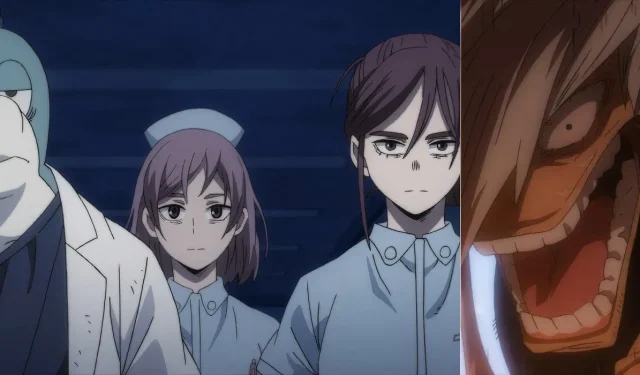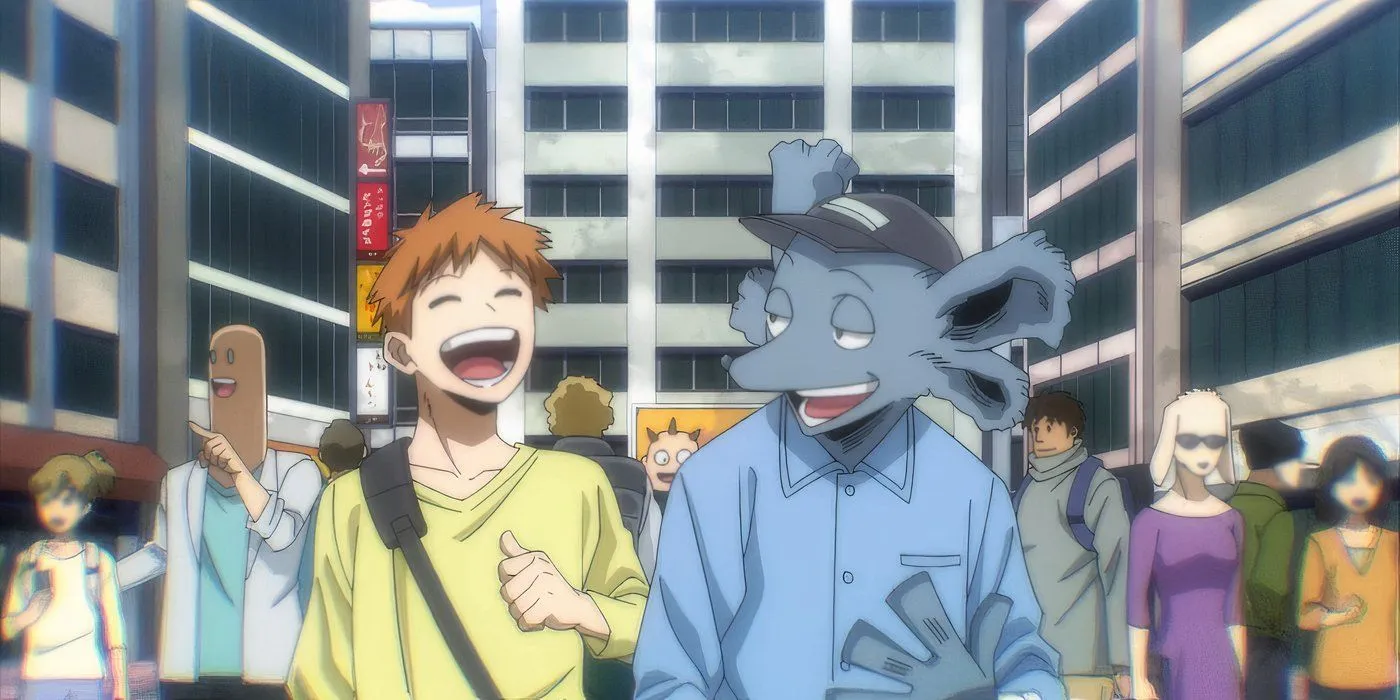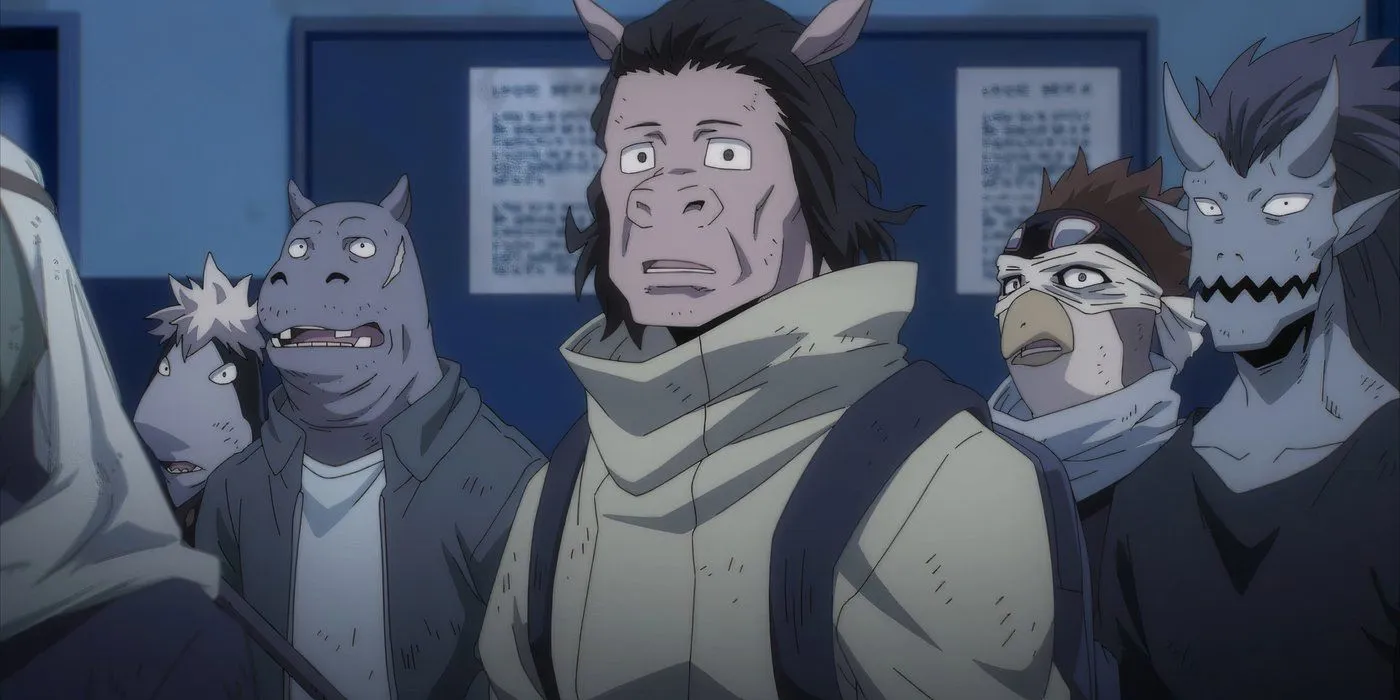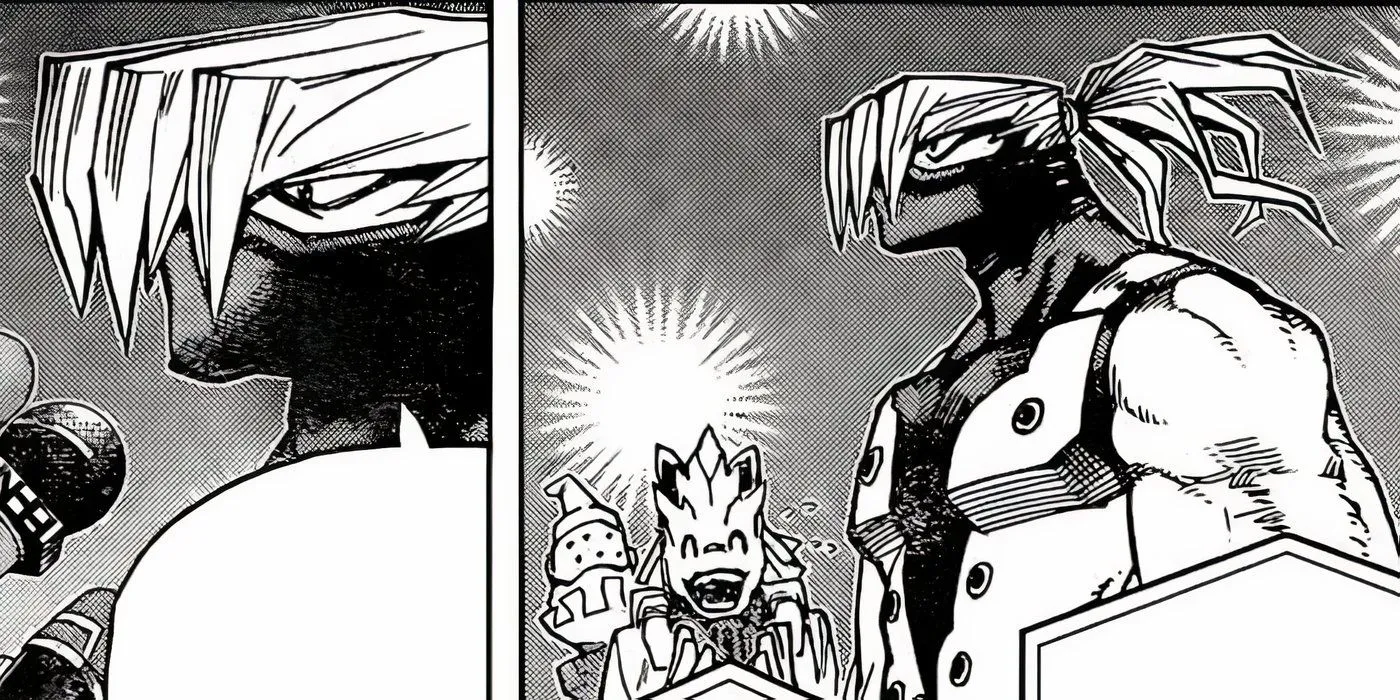
Summary of Key Points
- Shoji championed the cause of heteromorphs during the Final War, striving to eliminate the discrimination they faced.
- His role as a spokesperson significantly advanced the dialogue around prejudice against heteromorphs.
- Despite ongoing challenges, Shoji’s initiatives have effectively reduced many instances of discrimination.
In the midst of the Final War, Mezo Shoji and Koji Koda played vital roles in preventing a force of heteromorphs from infiltrating and attacking the Central Hospital. As heteromorphs themselves, they frequently encounter social discrimination stemming from their unique appearances in My Hero Academia.
Shoji had a profound desire to liberate heteromorphs from this entrenched bias. He recognized that while changing the minds of older generations might prove difficult, the youth are typically more open to new ideas and education. Although Shoji successfully stopped the heteromorph army at the hospital, the pressing question remains: could he also dismantle the prejudice that has long affected their community?
Understanding the Prejudice Against Heteromorphs
Complex Appearances Trigger Discrimination

Within the universe of My Hero Academia, characters exhibit a diverse range of appearances due to their Quirks. Those whose physical traits are significantly altered by their Quirks are identified as Mutants or Heteromorphs. Unfortunately, such distinct appearances often draw negative attention, particularly in smaller towns where residents may perceive these variations as unsettling or abnormal.
As Quirks entered society, they precipitated noticeable changes in individual appearances, leading to the emergence of prejudice against those seen as different. Initial societal reactions branded Quirks as anomalies; regrettably, this mindset persists, especially in tight-knit communities where some individuals face severe isolation and discrimination.
While larger urban centers may exhibit greater acceptance of heteromorphs, they are not free from hostility. Groups such as the Creature Rejection Clan actively oppose the existence of heteromorphs, although their influence was diminished after being defeated by the League of Villains when funds were needed.
The Catalyst for Change
Spearheading the Cause During the War

During the Final War, Spinner received a specialized assignment separate from his League of Villains comrades. Tasked with liberating Kurogiri from the Central Hospital to deal a blow to the Pro Heroes, Spinner was endowed with two additional Quirks by All For One to support his mission. However, the acquisition of multiple Quirks is notorious for detrimental effects on physical health, proven by the rigorous training required for Midoriya Izuku before he could safely harness One For All.
Leading an army of heteromorphs—comprising members of the Paranormal Liberation Front and civilian supporters—Spinner initially galvanized action for their cause. Unfortunately, absorbed by the chaos of warfare and the influence of his newly acquired Quirks, Spinner lost clarity of purpose, descending into instability. Nevertheless, he remained determined to free Kurogiri.
Within the ranks of the heteromorphic forces, a transformation began to emerge, spurred by the efforts of Mezo Shoji and Koji Koda. As they engaged the group, they emphasized that aggression was not the answer to eradicating the discrimination facing heteromorphs. Shoji’s message resonated with many, urging them to reject conflict in favor of understanding.
“Don’t give in to your wounds! Because then your children will be their next target! Hatred will never disappear,” he implored. Shoji, aware of how hatred can perpetuate itself through generations, advocated for breaking this cycle while still focusing on healing.
Has Shoji Successfully Changed Perceptions of Heteromorphs?
Not an End, But a Start

Post-war, Shoji assumed the role of spokesperson for heteromorphs, a position aligning with his long-held ambition to dismantle the biases they faced. Eight years following the conflict, he has made significant strides in addressing prejudice-related issues targeting heteromorphs.
Since his debut as a hero, Shoji has resolved numerous incidents peacefully across smaller towns where discrimination remains prevalent. Although prejudice continues to exist, his tireless efforts have catalyzed a marked shift in attitudes towards heteromorphs.
As an advocate for heteromorph rights, Shoji shed light on the daily discrimination faced by these individuals, emphasizing the need for awareness and understanding. His visibility and commitment to the cause have contributed to reducing hatred and resentment among communities.
While complete eradication of prejudice remains a formidable task, Shoji’s contributions have undeniably led to progress. His commendable work was recognized when he received the Imamura Peace Prize in Chapter 430, an accolade he dedicated to all who fought during the Final War eight years prior. Although the journey is far from over, it’s clear that Shoji has realized substantial improvements in the fight against discrimination faced by heteromorphs.
You can watch My Hero Academia streaming now on Crunchyroll.




Leave a Reply